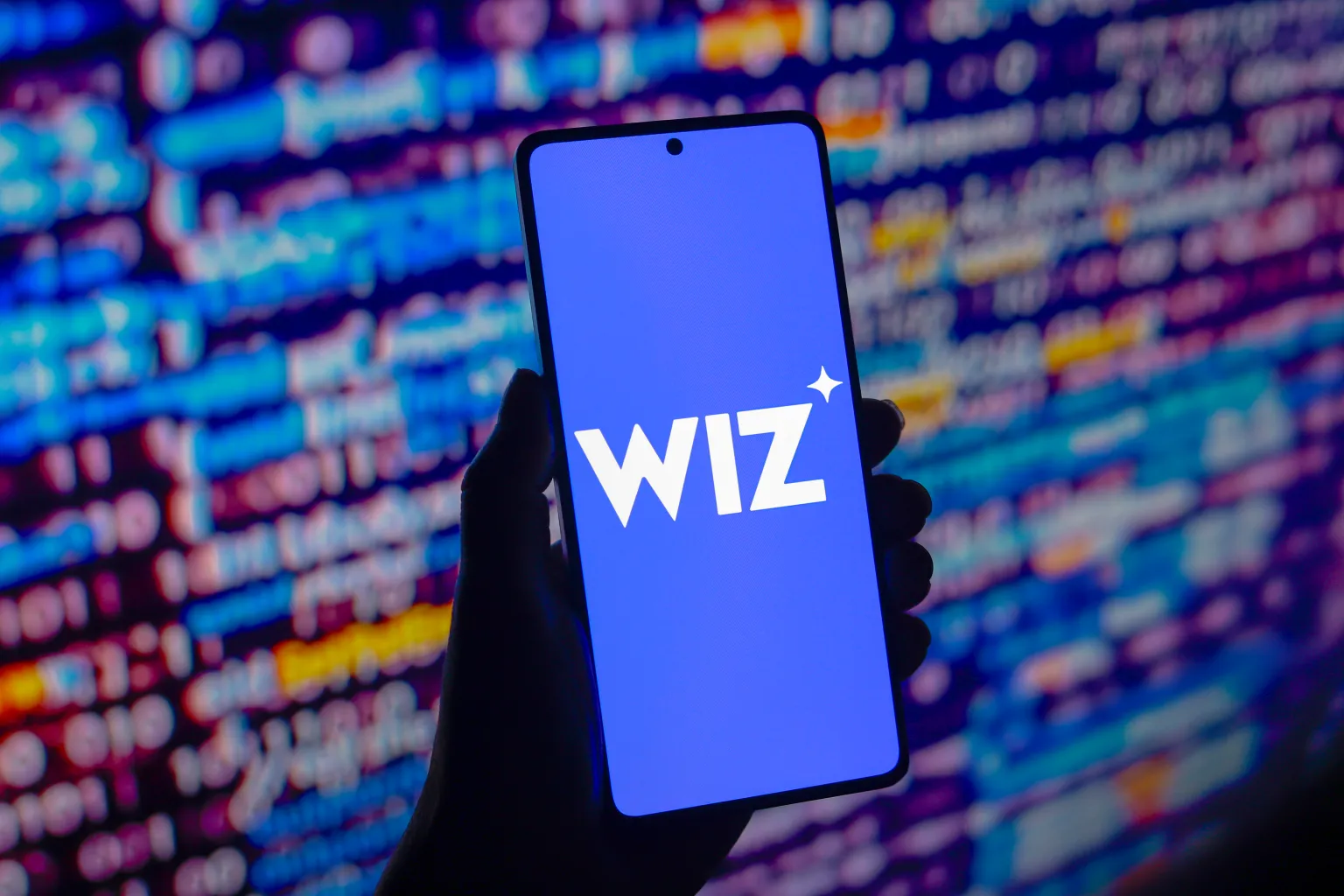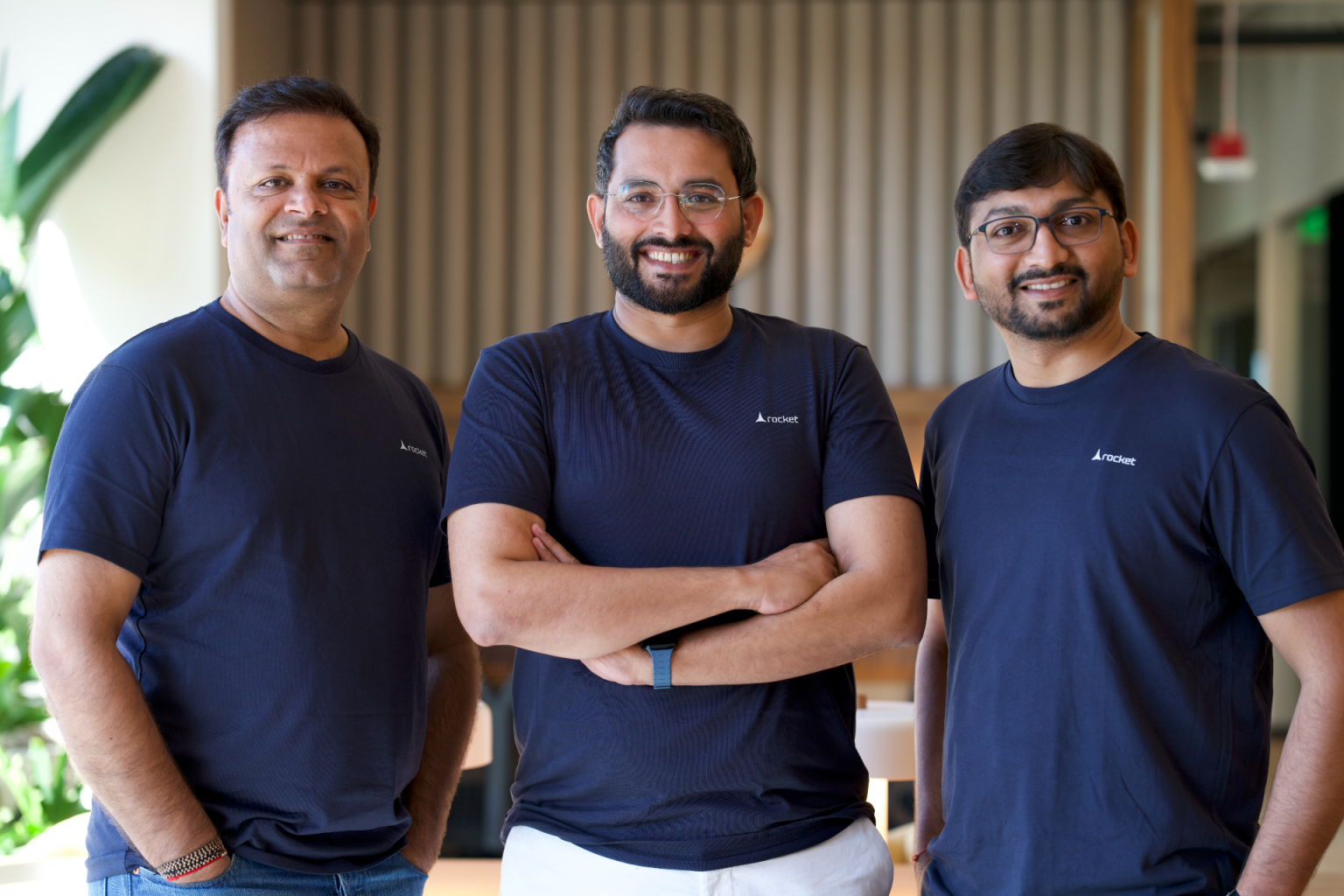DeepSeek, a rising AI lab from China, has exploded onto the global stage. Its chatbot app shot to the top of both the Apple App Store and Google Play charts this week, sparking conversations across Wall Street, Silicon Valley, and Beijing about the future of AI dominance — and the demand for chips that power it.
But how did this little-known player suddenly become one of the biggest names in AI?
From Hedge Fund Roots to AI Breakout
DeepSeek was born out of High-Flyer Capital Management, a quantitative hedge fund founded in 2015 by AI enthusiast Liang Wenfeng. High-Flyer, which officially launched as a fund in 2019, relies heavily on AI for trading strategies.
In 2023, it spun out DeepSeek as an independent AI research lab. With strong backing, the company quickly built its own data center clusters for training — though U.S. chip export bans forced it to use Nvidia’s lower-end H800 chips instead of the high-performance H100s available to American firms.
The team skews young, aggressively recruiting PhDs from China’s top universities, while also hiring talent from outside computer science to diversify subject expertise.
The Models That Made Headlines
DeepSeek introduced its first AI models in late 2023, but it was the DeepSeek-V2 release in spring 2024 that caught the industry’s attention. Cheaper and faster than rivals, V2 forced Chinese competitors like ByteDance and Alibaba to slash prices.
The December 2024 launch of DeepSeek-V3 cemented its reputation. Internal benchmarks suggest V3 can outperform Meta’s Llama and even rival API-only models like OpenAI’s GPT-4o.
Another standout is R1, DeepSeek’s reasoning model released in January 2025. Designed to “fact-check itself,” R1 has proven highly reliable in fields such as math, physics, and science — though it runs slower than traditional models. In head-to-head comparisons, DeepSeek claims R1 matches OpenAI’s own reasoning model, o1.
But as with all Chinese-developed AI, DeepSeek’s models face restrictions. They’re benchmarked by regulators to ensure alignment with “core socialist values,” meaning questions about topics like Tiananmen Square or Taiwan’s autonomy go unanswered.
ALSO SEE: AI’s Impact on Cybersecurity Threats
Growth, Adoption, and Controversy
By March 2025, DeepSeek logged 16.5 million visits, making it the second most-visited AI platform globally — though still far behind ChatGPT’s 500 million weekly active users. Developers have embraced its permissive licensing, with over 500 derivative models of R1 created on Hugging Face and millions of downloads.
The startup’s ultra-low pricing strategy, combined with claims of compute efficiency, has shaken up the market. Some analysts credit DeepSeek’s rise with driving an 18% dip in Nvidia’s stock earlier this year and prompting public reactions from OpenAI’s Sam Altman and Meta’s Mark Zuckerberg.
Not everyone is on board, however. Governments including South Korea, New York state, and U.S. federal agencies have banned DeepSeek on official devices, citing propaganda and security risks. Microsoft has prohibited its employees from using the app, even as it added DeepSeek to its Azure AI Foundry service for enterprise customers.
What’s Next for DeepSeek?
DeepSeek continues to iterate quickly. In May, it pushed an updated R1 model to Hugging Face, and this September it unveiled V3.2-exp, a testbed model designed for dramatically cheaper long-context operations.
Despite its viral success, the company’s long-term business model remains unclear. With no external VC funding and aggressive undercutting on price, experts question whether DeepSeek is sustainable — or simply leveraging state-backed support to disrupt the market.
What’s certain is that DeepSeek has forced global AI leaders to pay attention. Whether it becomes a permanent fixture in the industry or faces regulatory roadblocks, the “upstart from China” has already left its mark on the AI race.
Source: ( Techcrunch )




